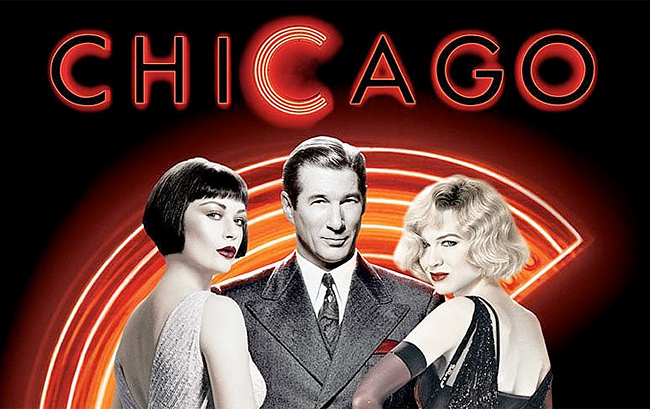Marc Forster’s Finding Neverland is a poignant exploration of the intersection between imagination and reality, inspired by the life of J.M. Barrie, the creator of Peter Pan. The film delves into the profound friendship between Barrie and the Llewelyn Davies family, a bond that ignited the spark for one of literature’s most enduring tales.
A World of Wonder
Set in Edwardian London, the film introduces us to a world of rigid societal norms and constrained creativity. Johnny Depp delivers a captivating performance as J.M. Barrie, a successful playwright struggling with writer’s block and a deep-seated longing for something more. His life takes an unexpected turn when he encounters the enchanting Llewelyn Davies family, led by the widowed Sylvia (Kate Winslet), and her four imaginative sons.
The heart of the film lies in the extraordinary connection between Barrie and the children. Their boundless energy and unbridled imagination inspire him to rediscover his own childlike wonder. The boys, George, Jack, Michael, and Peter, become the muse for Barrie’s most famous creation, Peter Pan. Through their eyes, Barrie reconnects with a world of magic and adventure, a world where anything is possible.
A Tale of Loss and Renewal
Finding Neverland is not merely a whimsical tale of childhood and imagination. It is also a poignant exploration of grief and loss. Sylvia Llewelyn Davies, a woman of remarkable strength, is grappling with the loss of her husband and the challenges of raising four young boys alone. Her relationship with Barrie becomes a source of solace and companionship, as they find healing and hope in each other’s company.
The film beautifully captures the complexities of the human spirit, showcasing the power of friendship, love, and imagination to transcend adversity. It is a reminder that even in the darkest of times, the human capacity for joy and wonder can prevail.
Visual and Musical Magic
Marc Forster’s direction is characterized by a delicate balance of whimsy and realism. The film’s visual style evokes the magic of childhood, with soft focus, vibrant colors, and a sense of enchantment. The world of Neverland is brought to life through imaginative set designs and special effects, creating a visual spectacle that complements the story’s emotional core.
Jan A.P. Kaczmarek’s enchanting score adds depth and emotional resonance to the film. The music seamlessly blends with the narrative, capturing the spirit of wonder and adventure that permeates the story.
A Lasting Legacy
Finding Neverland has resonated with audiences of all ages, proving that the power of imagination is timeless. The film’s exploration of themes such as childhood, loss, and creativity has made it a beloved classic. It serves as a reminder of the importance of nurturing our inner child and embracing the magic of life.
Beyond its critical and commercial success, Finding Neverland has inspired countless individuals to rediscover the joy of storytelling and the power of human connection. It is a testament to the enduring appeal of Peter Pan and the enduring spirit of the human imagination.









